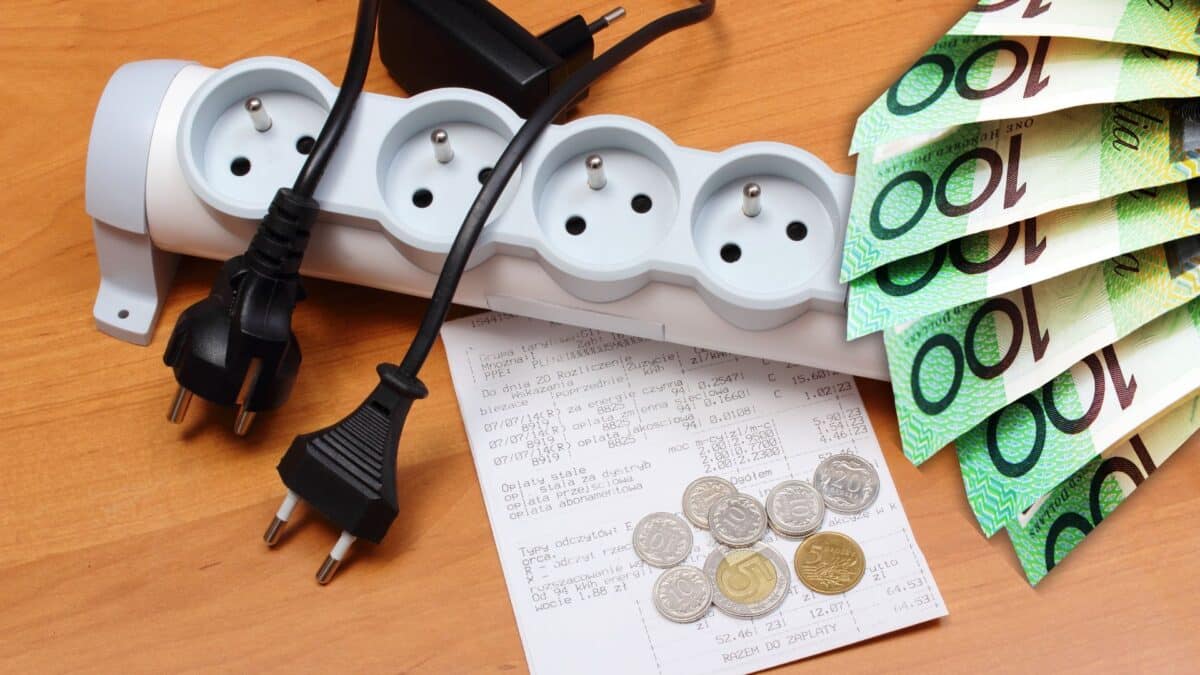As the winter chill sets in across Australia, millions of households are bracing for an unwelcome increase in their electricity bills. The Australian Energy Regulator (AER) recently set new price caps for default energy plans, which will see a significant rise in electricity costs. This adjustment adds to the ongoing strain on household budgets already stretched by inflation and cost-of-living pressures.
These changes are set to impact families across the nation, particularly in states like New South Wales, Queensland, South Australia, and the Australian Capital Territory (ACT). As Australians prepare for colder months, these price hikes come at a time when many are already grappling with increasing living expenses.
Regional Variations in Price Hikes
Electricity prices will rise at different rates depending on the region, affecting household budgets in various ways. For example, Sydney will see a notable increase of 8.6%, adding an average of $145 to the annual electricity bill, bringing the total cost to $1,830. In Melbourne, prices will rise by 6.2%, adding $83, making the total annual $1,421. Brisbane residents will face a 3.7% hike, amounting to an extra $72 annually, or a total of $2,019.
However, the biggest impact will be felt by Canberra residents, where electricity prices will rise by 8.5%, increasing their annual bill by $191 to a total of $2,436. In Adelaide, the increase is smaller but still significant, with an additional $70, bringing the total annual bill to $2,247.
Government Assistance and Subsidies
To help offset the financial burden of rising electricity prices, the federal government has extended its Energy Bill Relief Fund, which provides a $75 subsidy per household, applied automatically to energy bills. This will provide some relief for households struggling to cope with the price hikes. However, the effectiveness of the subsidy remains limited, as it may only partially counterbalance the increases in energy costs for some households.
Despite the subsidies, the price hikes are a reminder of the growing challenges in managing electricity costs, particularly for families who are already financially strained. The increased subsidies may offer some temporary relief, but experts argue that consumers must take control of their energy bills to secure more sustainable savings.
What Consumers Can Do
As electricity prices rise, consumers are advised to compare their current energy plan with available market offers. Canstar’s insights director, Sally Tindall, emphasized that while price hikes are largely unavoidable in certain states, households should take the opportunity to shop around and potentially find a better deal. By comparing the “reference price” they receive on their energy bills with alternative market offers, consumers can make informed decisions about which plan best suits their needs.
For many Australians, understanding the details of their electricity bill—such as daily supply charges and tiered rates—can be a daunting task. However, simplifying these comparisons can help households identify savings and avoid overpaying.
The Future of Australia’s Energy Market
The electricity price hikes in Australia reflect broader challenges facing the nation’s energy market, where supply and demand imbalances continue to create upward pressure on prices. The ongoing effects of climate change, rising demand for electricity, and fluctuations in global energy markets all contribute to the volatility of energy prices in Australia.
While the government’s subsidies and price caps aim to protect consumers, experts warn that energy prices may continue to rise in the future, requiring ongoing vigilance and flexibility from households in managing their electricity costs.









